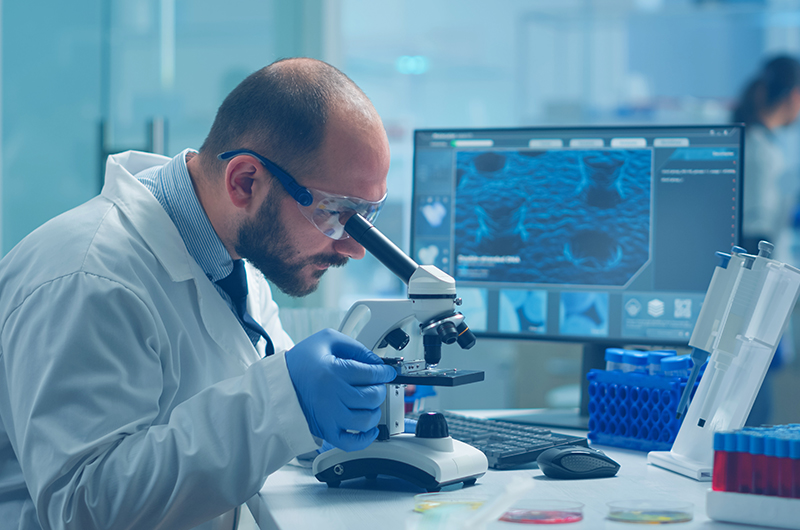Counterfeiting food and beverage products is a growing problem due to global distribution and low-cost production methods that paved the way for corrupt manufacturers looking to make a bigger buck. Food fraud has also been exacerbated by the global pandemic as more people shopped for groceries online and through third-party sellers.
According to a study by SSAFE and PwC, food fraud (pre-pandemic) was estimated to cost the global industry between USD $30 to $40 billion a year. However, Food Safety Tech indicates that the figure could be even higher after COVID-19 due to supply chain issues as well as reduced food fraud surveillance and reporting due to lockdowns and labor shortages.
In addition, several countries have put caps on the number of exports of certain foodstuffs and other protectionist measures in order to stave the effects of food prices rocketing domestically; this provides the perfect conditions for food counterfeiters to inject fraudulent products into the global supply chain.
As companies in the agri-food business know, many products are vulnerable to being manipulated in the food supply. Lists abound showing the top and most common counterfeit foods, which can range from olive oil to caviar—and everything in between.
As the Food and Agriculture Organization of the United Nations indicates, while regulatory strategies and other legal instruments have been implemented on both national and international levels, the multifaceted complexities of food fraud make it difficult for governments and stakeholders throughout the value chain to eradicate food counterfeiting.
Let’s take a look at these complexities and how new technology solutions are helping businesses in the food sector to overcome them and protect their brands.
THE DIFFICULTIES IN FIGHTING FOOD FRAUD
Fighting food fraud has traditionally been very difficult. As mentioned in a recent Food Safety Tech article: “there is currently no globally standardized system for collection and reporting information on food fraud occurrences, or even standardized definitions for food fraud and the ways in which it happens.”
Not having a clear definition of food fraud for each food product as well as clear guidance on how to prevent and reduce food counterfeiting is just the tip of the iceberg.







